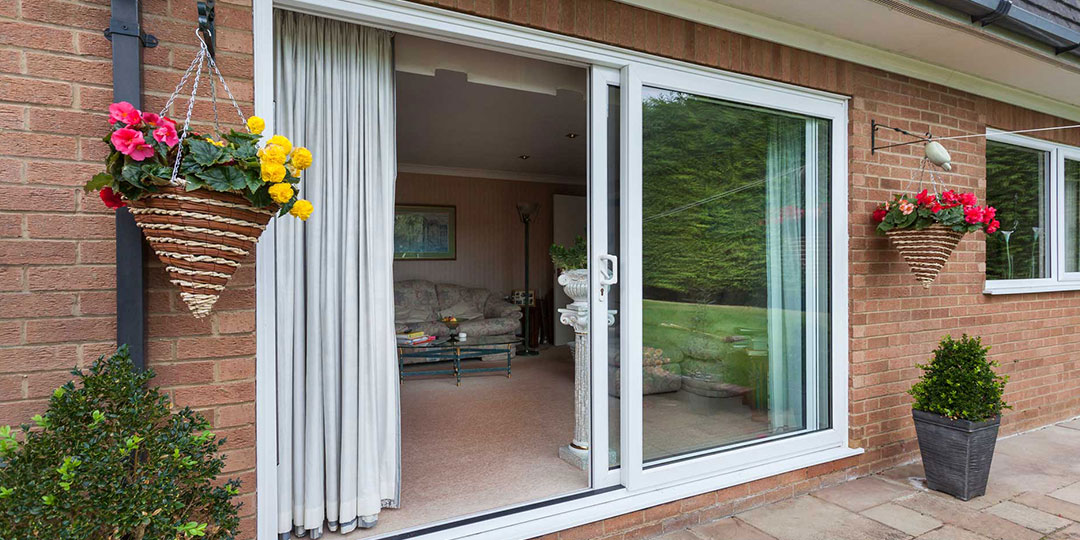Common Problems
-
Alignment Issue
If you operate a sliding door with excessive force, it can come off the track. Usually, on such occasions, the adjustment screws at the top and bottom of the track come out. This will leave the sliding door non-functional.
-
Flimsy Track
With regular use, sliding doors can collect dirt, mud, hair, dust, and rust in their tracks and grooves. The collected debris will increase the friction between the track and rollerblades, causing operational failure.
-
Impaired Rollers
Often, low quality or worn out roller blades cause operational dysfunction of sliding doors. If the roller blades are broken or chipped, they won’t glide on the track. Besides, if left unchecked, the impaired rollers can damage the track as well.
-
Faulty Locking System
For security purposes, sliding doors are equipped with locking systems. However, in case the door comes off the track, collapses, or is aligned poorly, it can cause a fault in the locking system. Consequently, the locking mechanism will fail, compromising the safety and security of the building occupants.
-
Door Stuck In Track
Over the years, the sliding function can become rusty due to regular wear-and-tear. When sliding doors fail to open or close smoothly, it means there is friction between the track and the rollerblades. If it remains stuck, it may lead to a bent track or misalignment causing further issues. Moreover, stuck doors are menacing, especially when installed in the patio or balcony.
Tips for Sliding Door Repair
-
Clean the Track
To ensure smooth operation, regular upkeep of sliding doors is necessary. The tracks should be clean and dust-free for the rollerblades to glide with ease. Loose debris can be vacuumed or removed from the bottom track using a brush. After doing this, wipe the tracks using an alcohol-based cleaner. It should be good as new.
-
Lubricate the Slider
If the track is clogged, it will not function smoothly. It is the same for broken latches. For such problems, lubrication can do the trick. For sliding doors, silicone lubricants work the best. They attract and hold less dirt, offering smooth operation.
-
Align the Doors Again
It is trickier than you think but doable. To re-align, remove the sliding door from the track and re-insert it. Now, align the top rollers first and then, place the bottom of the door on the track while pushing the front of the door up into the track. For movement, you can rotate the screws at the top. Once in place, be sure to re-adjust the screws and your sliding door will be re-aligned.
-
Adjust the Rollers
If the rollers of your sliding doors are not on track, re-adjusting the rollerblades can help. Simply adjust the bottom screws holding the rollers in place. Turn the screws clockwise to raise the door and counter-clockwise to lower the door. Lastly, make sure to adjust both sides of the door for an even adjustment.
-
The Bottom Line
In case your sliding door malfunctions, the tips mentioned above can be helpful. However, if the condition prolongs, it is better to seek professional help since sliding door mechanisms are mostly complicated and beyond a DIY-fix.

